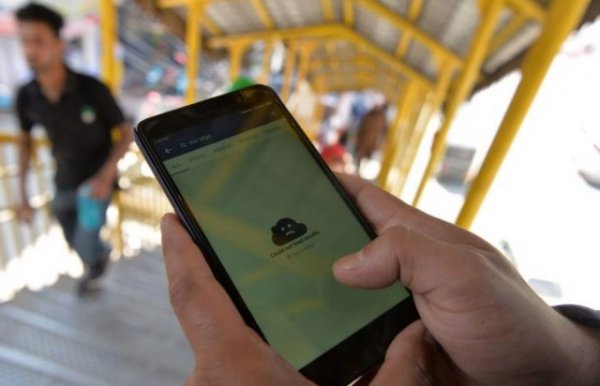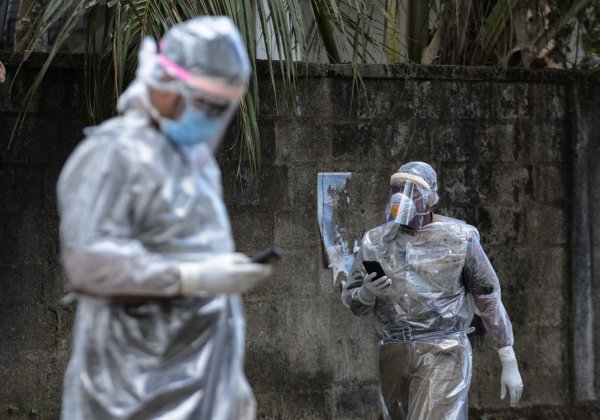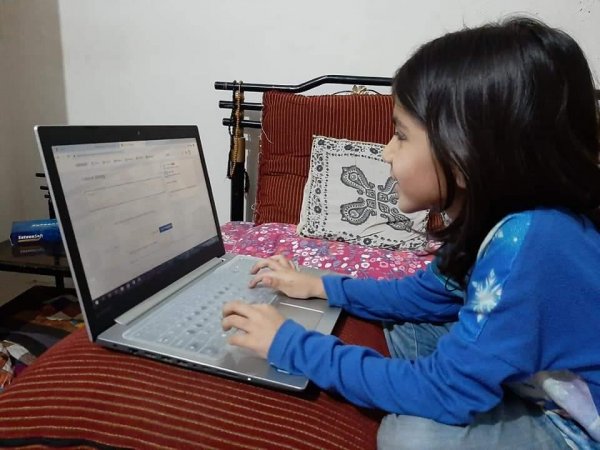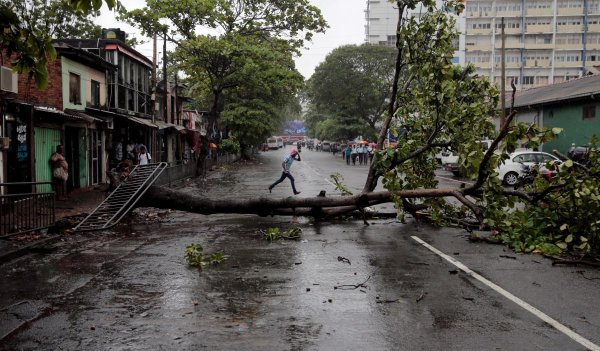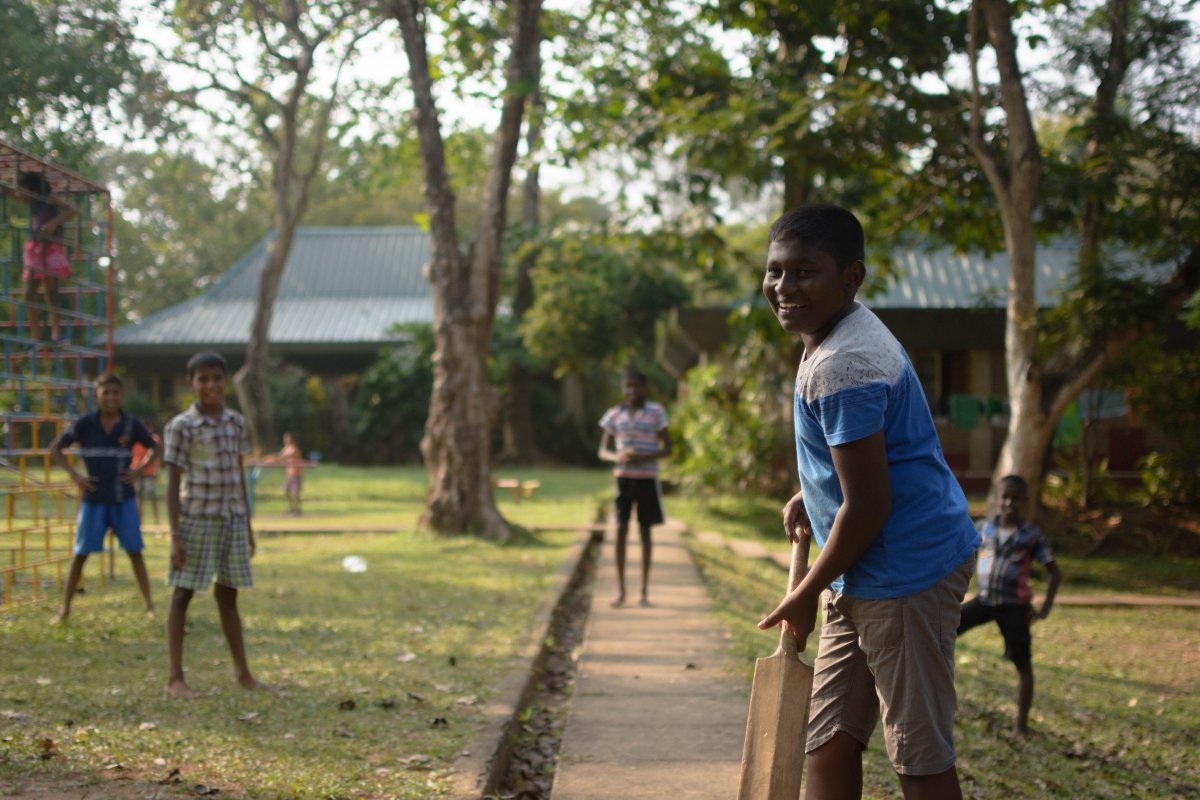
Images by Thiva Arunagirinathan
Over the past thirty six years, the SOS Children’s Villages, an international, non-governmental organisation which focuses on providing foster-care for orphaned, abandoned or neglected children, has supported over 41,000 such children in Sri Lanka.
The main concept of the organisation’s children’s villages is to provide a safe, family-centred and village-centred upbringing for the children taken in.
The organisation has opened six Children’s Villages in Sri Lanka, located in Piliyandala, Nuwara Eliya, Galle, Anuradhapura, Monaragala and Jaffna. Each village comprises of a number of small homes which are run by a trained foster mother who takes care of around eight to ten foster children.
Over the course of nearly four decades, the villages in Sri Lanka were financed by international individual donors and other philanthropists. But now, since the end of the civil war nearly a decade ago, Sri Lanka is no longer classified as a lower income level country in Asia. We are now classified as a lower middle income level country.
While this may be good news for the country as a whole, it also means that much of the funding that advocacy organisations like the SOS Children’s Villages in Sri Lanka received until now will be channeled to other less developed countries in Asia.
This means that if the local organisation does not find local donors within the next few years, they might not have the required funds necessary to run some of their facilities. Roar Media recently paid a visit to the Piliyandala SOS Children’s Village to see how things functioned.
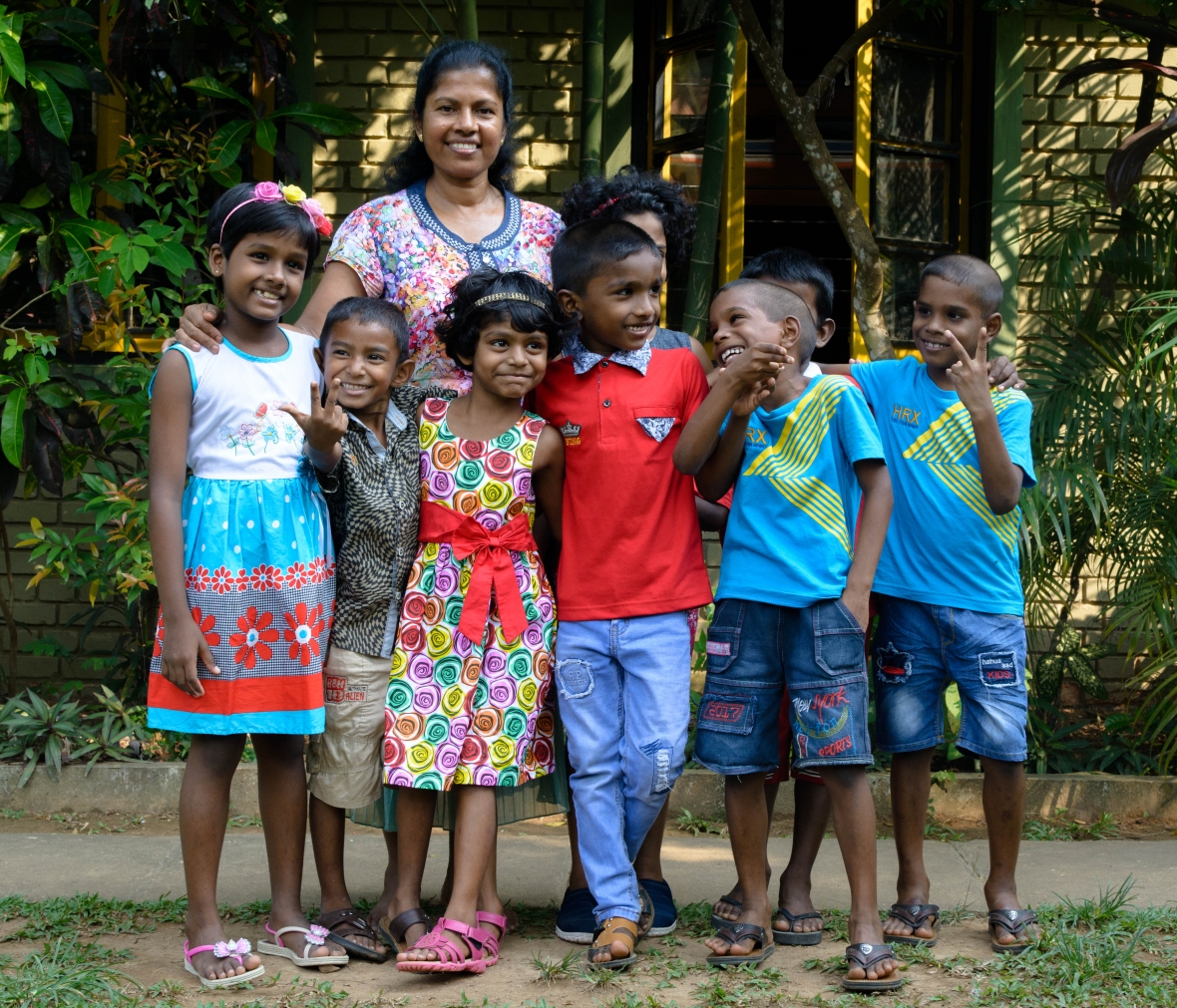
Ranjani Hettiarachchi is one of the foster mothers in the village. She has been with the SOS Children’s Village in Piliyandala for six years, and currently takes care of eight children. Her youngest son Sandunith is four years old and attends the village kindergarten, while her two older eldest daughters are currently studying in Grade 9
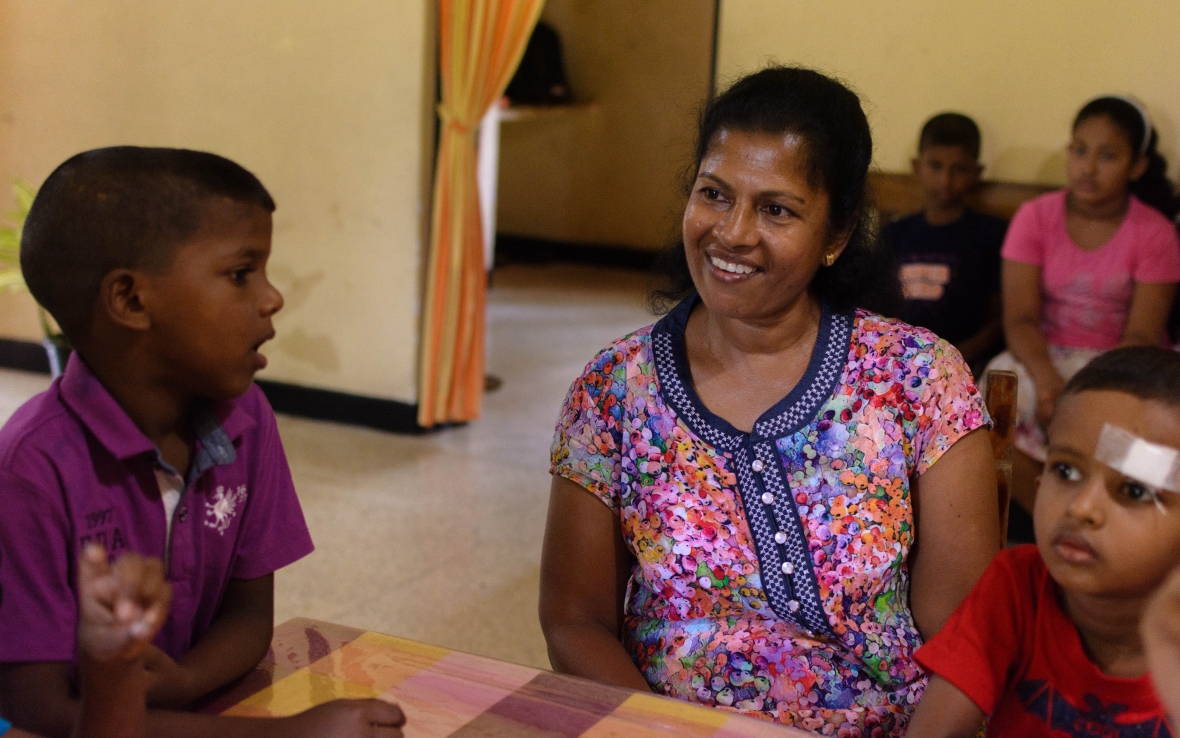
She came to know about the SOS Children’s Villages after she told a priest in her hometown that she was interested in working in a children’s home or an elder’s home. “The other mothers in the village and I are very united. When I first came here, I really liked how the women employed here were so passionate and caring. That’s what inspired me to join this Children’s Village”.

All of the foster mothers in the village are given a sum of money each month for household expenses. Ranjani told Roar Media that the amount varies for each mother, depending on the number of children she has to take care of.
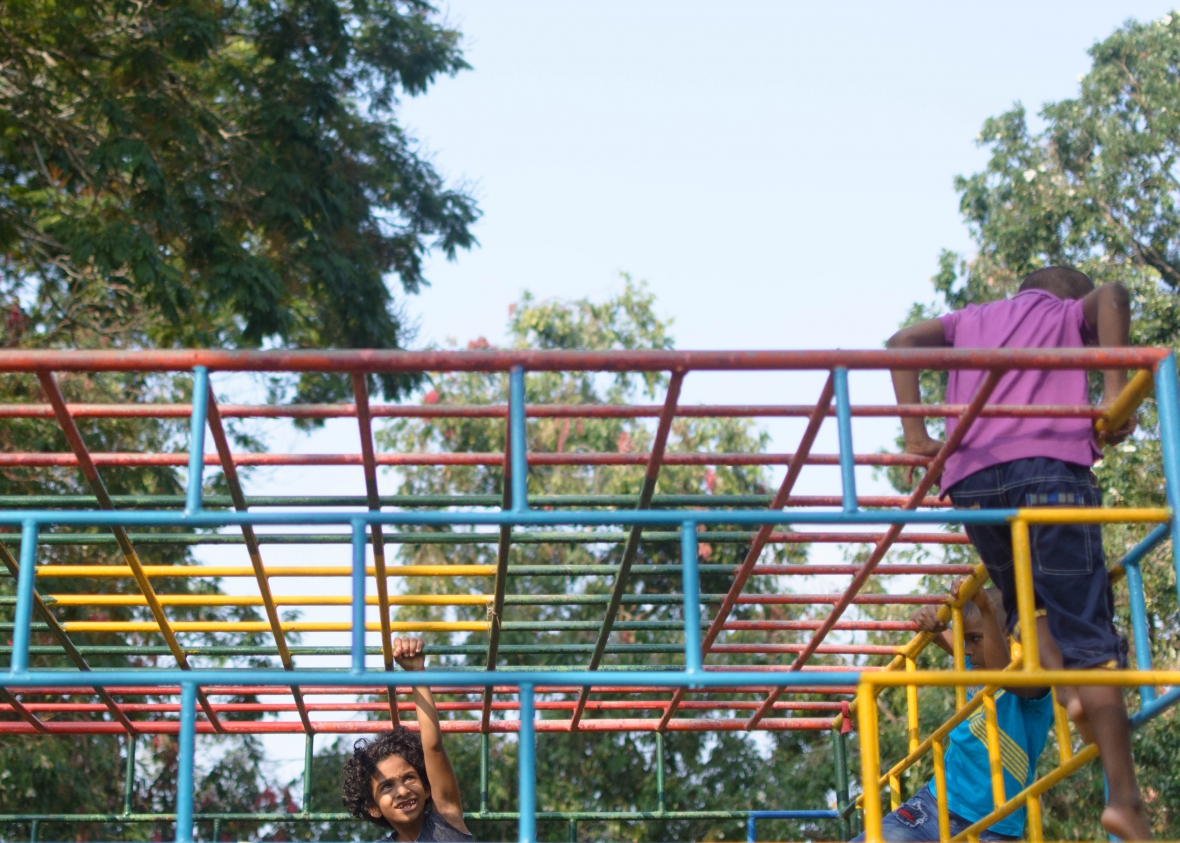
The playground within the village is situated close to the houses

A bust of Hermann Gmeiner, the founder of the SOS Children’s Villages International, by the side of the playground.
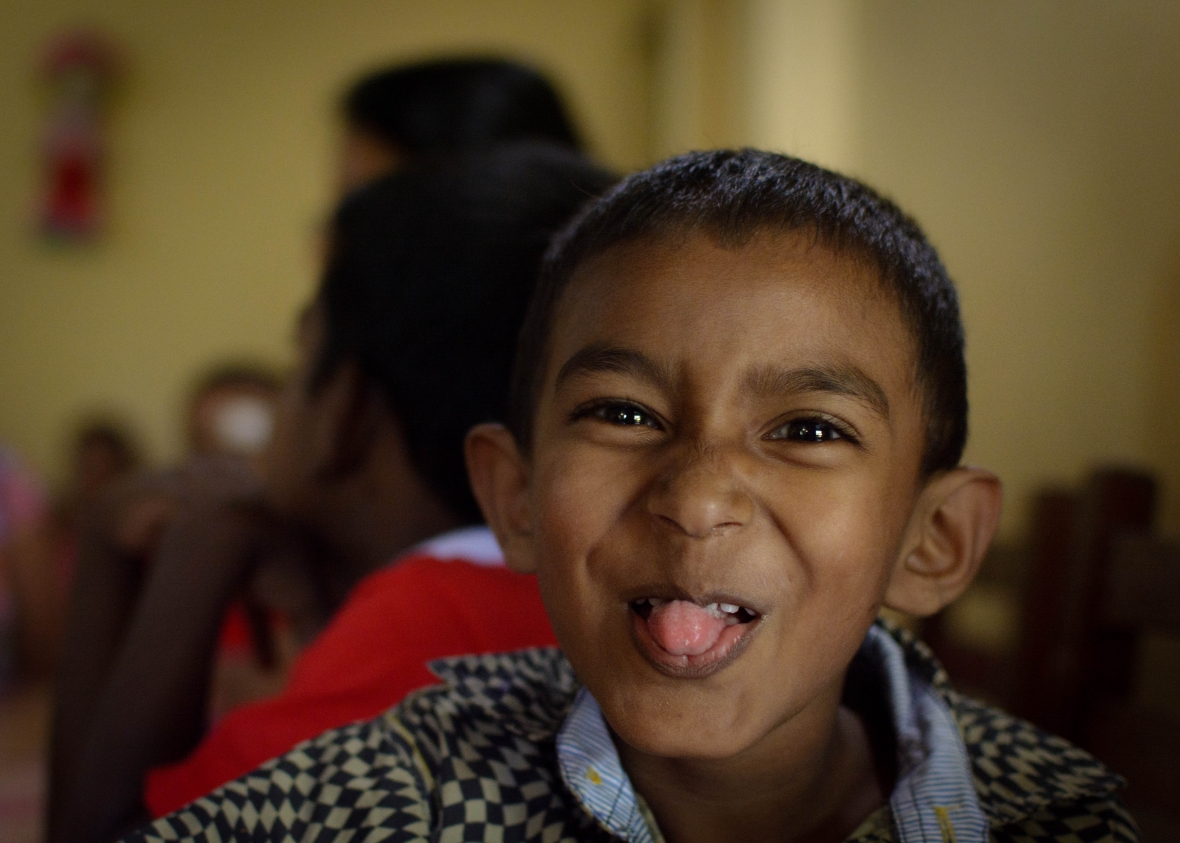
At the age of fourteen, boys in the village move away from their foster family to live in the Boys’ Youth Hostel, which is also located within the premises of the children’s village.
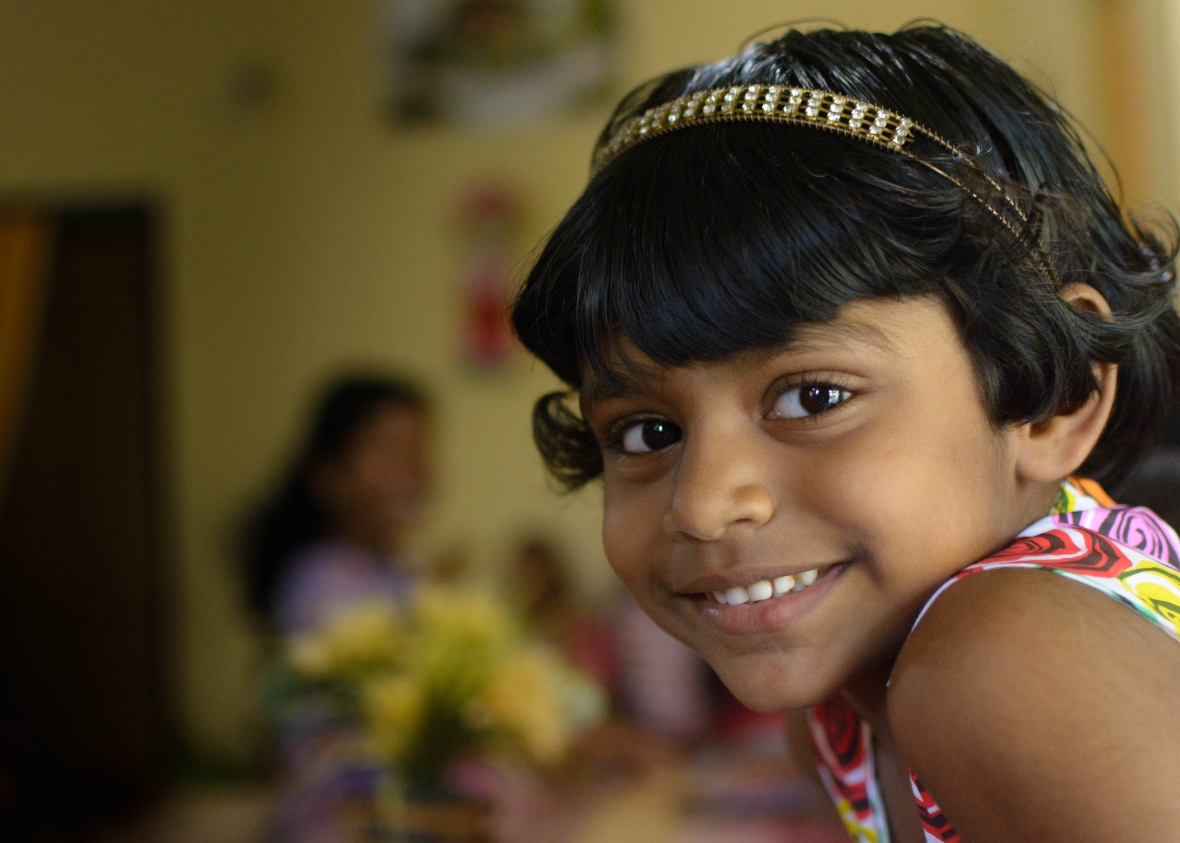
Likewise, the girls in the village move away from their foster families at the age of nineteen after completing the Advanced Level examinations. Some of the girls even leave their families at the age of sixteen or seventeen, if they decide to leave school after the Ordinary Level examinations. The Girls’ Youth Hostel of the Piliyandala SOS Children’s Village is located in Katubedda.
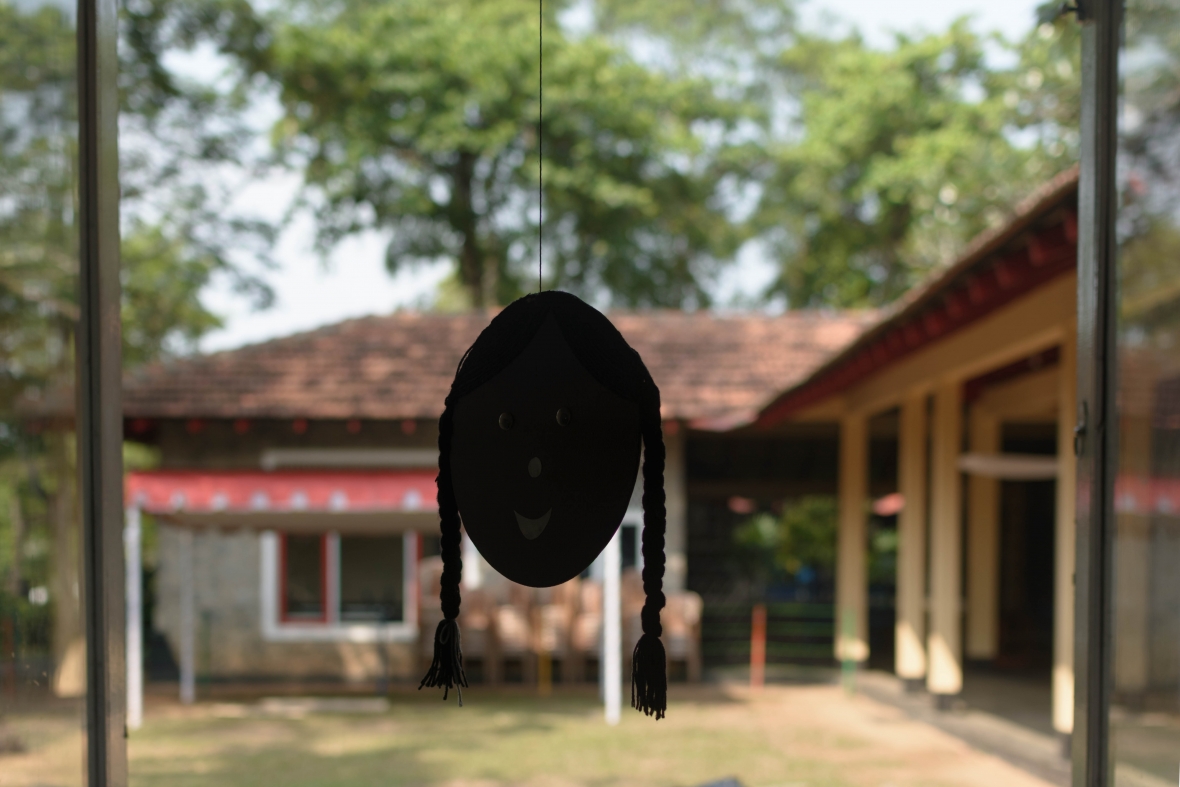
Inside the kindergarten school in the SOS Children’s Village in Piliyandala. The foster children who are taken care of at the SOS village aren’t the only students here. Children who live in the area surrounding the village attend the kindergarten as well.

The older children attend the school which is located inside the village. These children are encouraged to participate in extracurricular activities, and they take part in sports like football and taekwondo.

Sixteen year old Theekshana Sahan is one of the young boys in the Boys Youth Hostel in the Piliyandala SOS Children’s Village, who has achieved well in sports. He received a medal at the Sri Lanka Schools Taekwondo Championship in 2016.
While the primary function of the SOS Children’s Villages is to provide foster care and education for less-fortunate children, these villages facilitate much more. The homes for young children, the youth hostels, the kindergarten, the school and the training centre for newly recruited foster mothers are only a few of the facilities that are part of the Piliyandala SOS Children’s Village.
A retirement home for the foster mothers is also a part of this Children’s Village along with its own clinic—a doctor and dentist visit this clinic on a daily basis to provide free healthcare for the children and the foster mothers.
This is why the administrators of the SOS Children’s Villages in Sri Lanka are trying their best to secure funding from local donors. Without the funds they need, they fear that they won’t be able to establish a retirement home for the foster mothers in the Children’s Village in Jaffna, like that which is already in operation in the Piliyandala village.
“The main purpose of such a facility is to make sure that the foster mothers, who have given up their own homes to come and work in the village won’t have to worry about their needs after they have retired,” Perumal told Roar Media.
On speaking with the teachers at the kindergarten, it was mentioned that a lack of the necessary funds might result in a downsizing of the number of classes in the kindergarten at the Piliyandala SOS Children’s Village by the next year. Fewer classes, would mean fewer children being provided with education, and this means that the Children’s Village might not be able to provide children from low income families living in the Piliyandala area with free education, or education for a limited tuition fee. In this regard, the SOS Children’s Villages in Sri Lanka encourages those interested in helping out to reach out to their national office in Piliyandala for further information.

